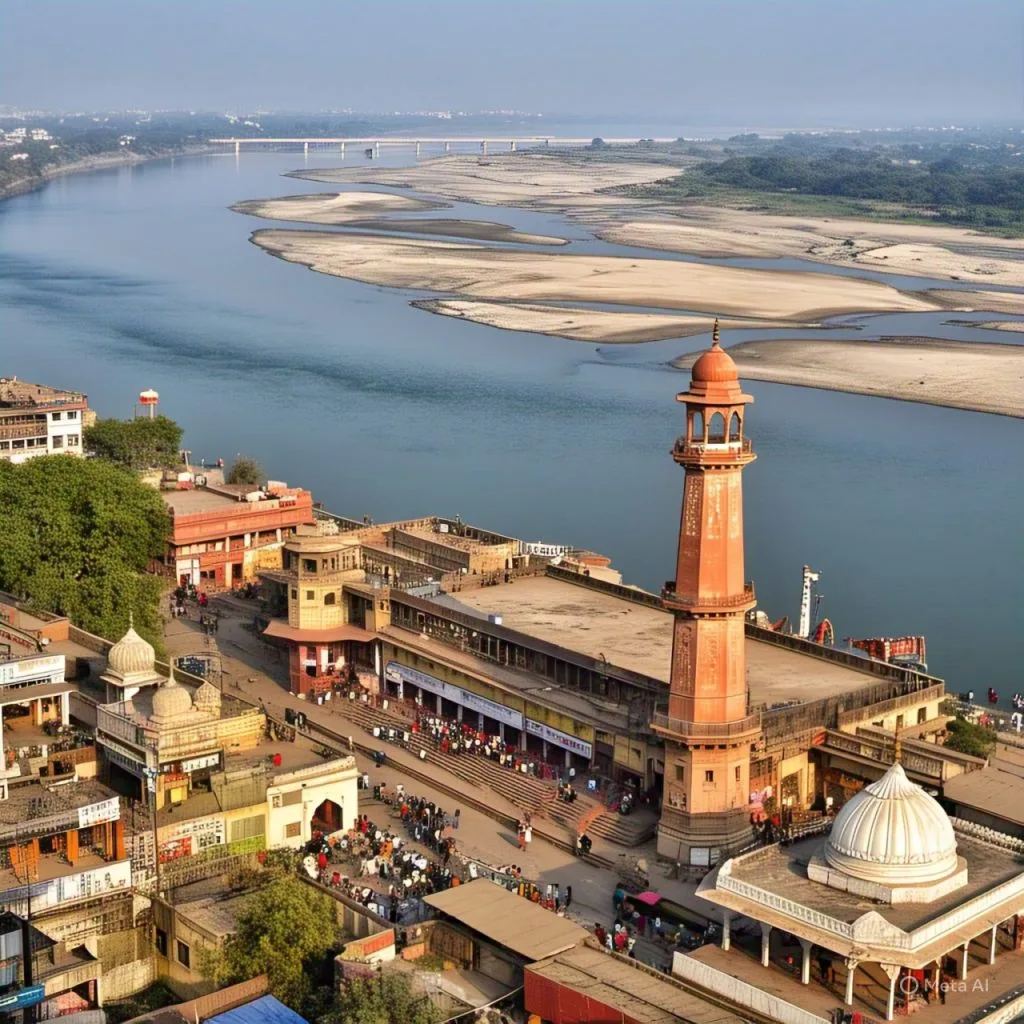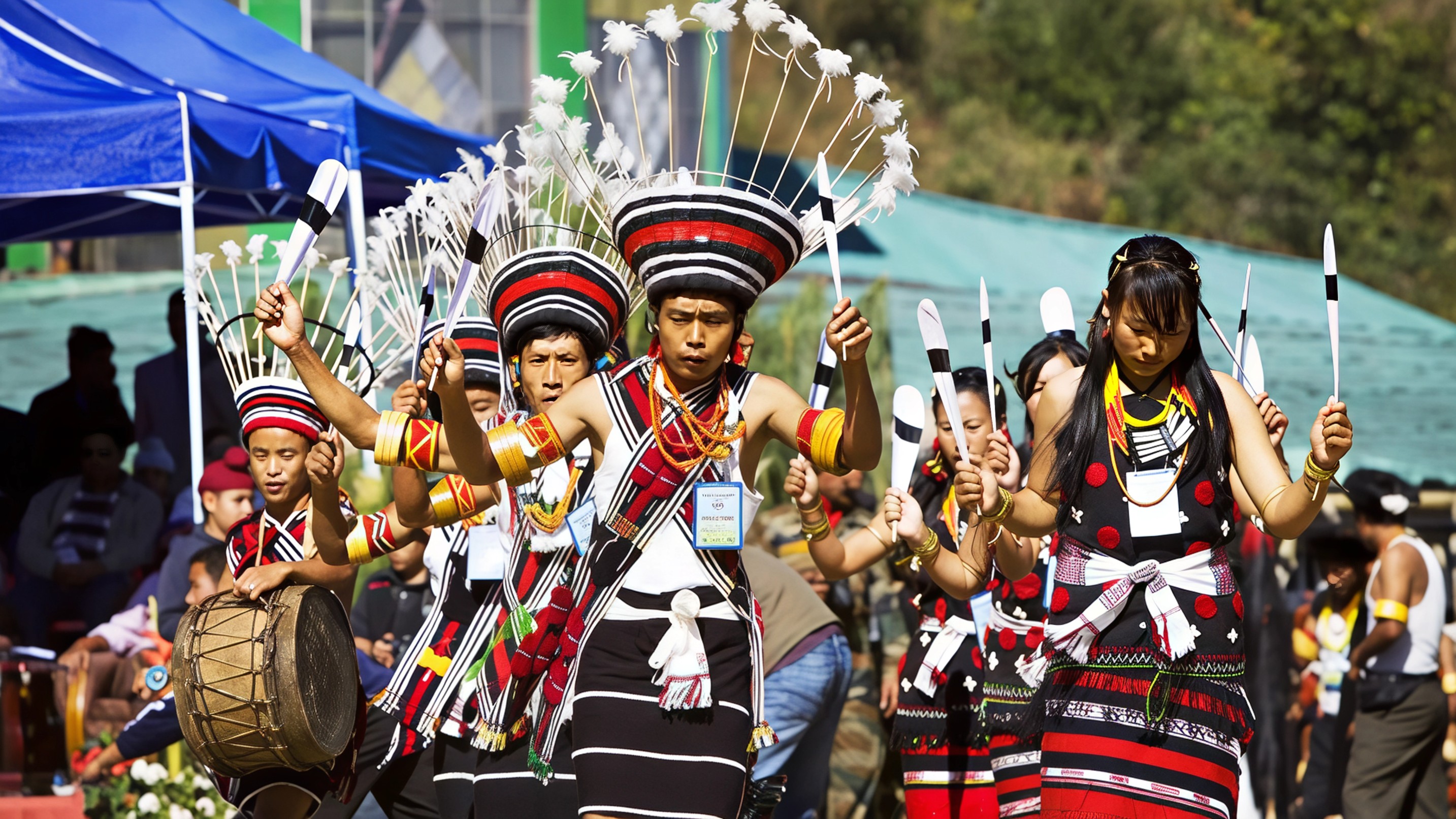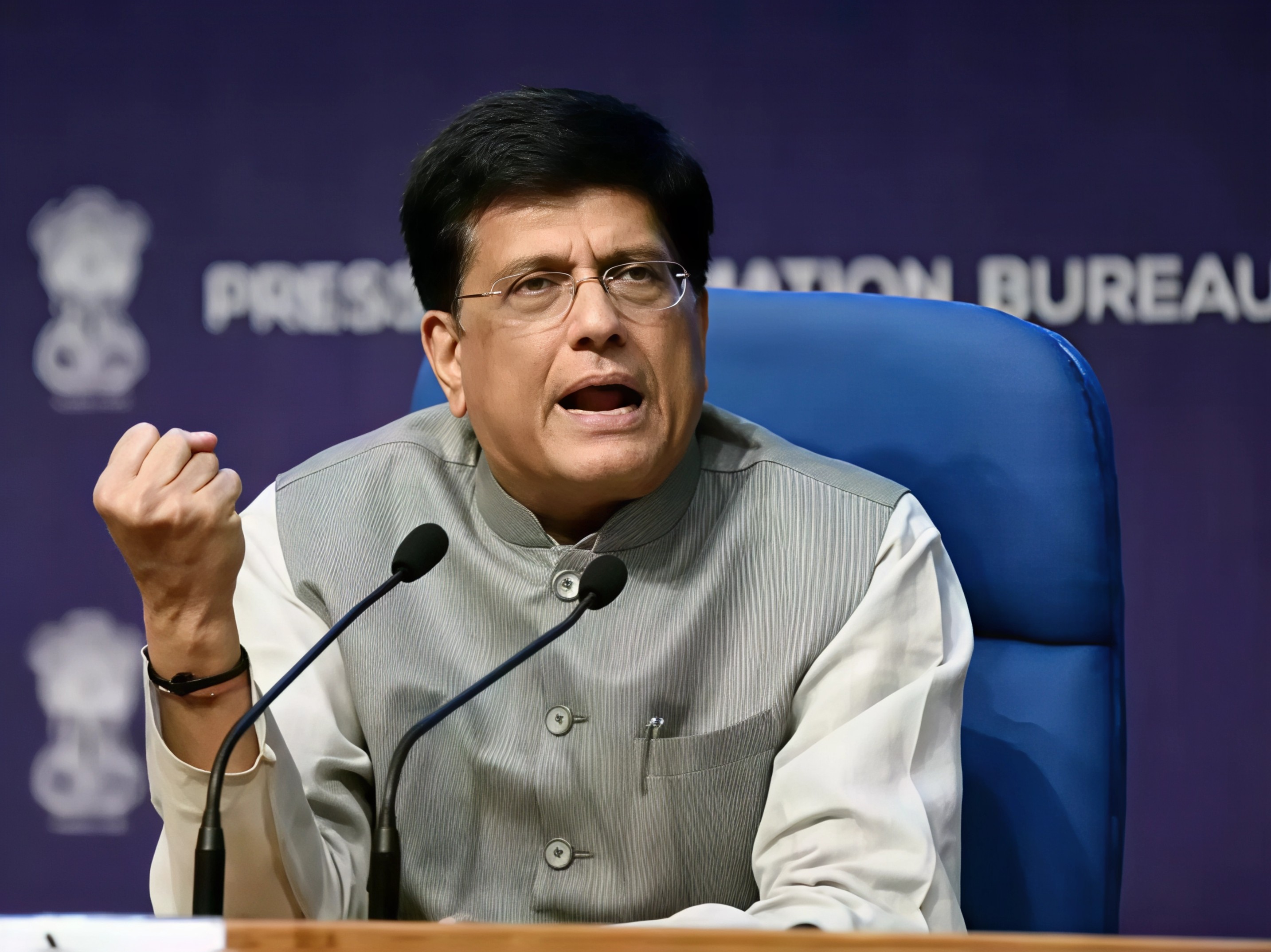Prayagraj, one of Uttar Pradesh’s most historic and spiritual cities, is set to receive a new identity as the City of Temple Corridors. Once known as Allahabad, the city holds deep cultural and religious importance as the sacred meeting point of the Ganga, Yamuna, and the mythical Saraswati rivers. It has long been a central hub for pilgrims, scholars, and tourists, and now it is being reimagined to attract even more visitors from across India and the world.

The initiative aims to revitalise religious tourism in the city, especially with the Ardh Kumbh scheduled in 2031. Authorities have planned to highlight and connect significant temples across Prayagraj, creating corridors that allow visitors to experience multiple sacred sites in a seamless way. This project includes restoration efforts for neglected temples such as the Dwadash Madhav cluster, with an investment of over INR 129 crore. The move is expected to strengthen Prayagraj’s position as one of the most important spiritual destinations in the country.
A digital Tourism Tracker has also been introduced to monitor visitor flows and tourism trends. This system will generate monthly reports covering domestic and international tourist numbers, hotel occupancy rates, transport efficiency, and event performance. With such data-driven planning, officials aim to ensure that the visitor experience remains smooth, accessible, and sustainable.
Among the temples to be highlighted are the Lete Hue Hanuman Temple, the Bade Hanuman Temple near the Sangam, Akshayvat, Saraswati Well, and Bhardwaj Ashram. Plans include organising cultural programs and Ganga Aarti ceremonies at these locations, turning them into vibrant cultural hubs in addition to being places of worship. Authorities also plan to install multilingual signboards across the temple corridors, while measures will be taken to regulate vendors to preserve the sanctity of these spaces.
Prayagraj’s transformation comes on the back of its historical significance. It was a key centre during the freedom movement and the birthplace of India’s first prime minister, Jawaharlal Nehru. The city’s importance stretches back to the Mughal era, when Emperor Akbar founded the city in 1583. Today, Prayagraj stands as both a cultural heritage site and a living, breathing city of faith.
With these new efforts, Prayagraj is being positioned not only as a spiritual hub but also as a modern cultural tourism destination. Pilgrims and travellers visiting the Triveni Sangam, the Allahabad Fort, Anand Bhavan, and the many temples will soon find themselves guided through a more organised and enriching journey.
For more updates on travel, culture, and destinations across India and beyond, follow Travel Moves on Instagram and Facebook.








